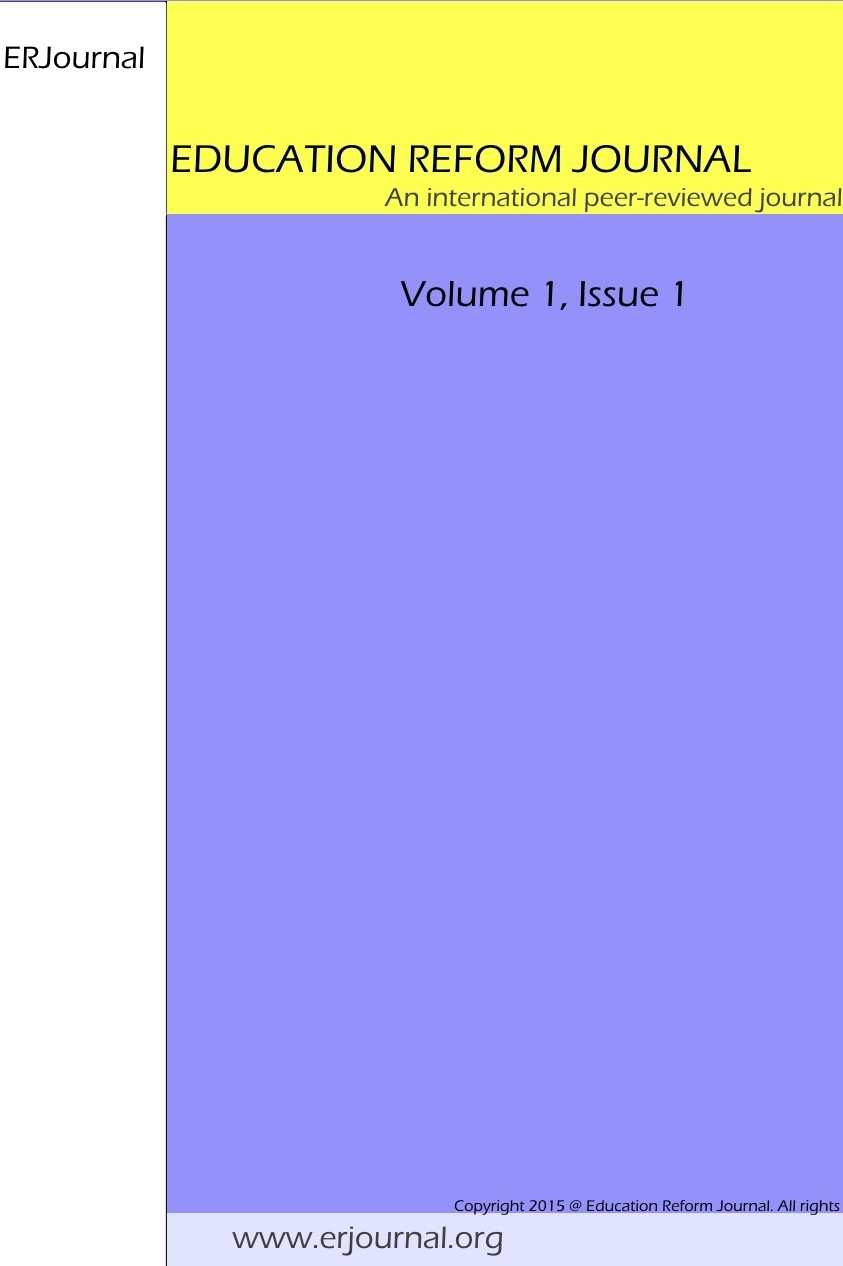A Design-Based Approach to Course Planning and Development
A Design-Based Approach to Course Planning and Development
The aim to refine education often leads to changes to curriculums, and the planning and implementation of educational changes can be approached in methodological and process-oriented ways. This study investigated how Bologna process requirements and local needs were considered when courses were planned for the Department of Military Technology at the NDU. The data was gathered from three courses related to science and technology, and a design-based research (DBR) concept guided the project. Specifically, work from 2007 to 2017 was examined, including preplanning and educational DBR cycles used to plan six courses, and team of different disciplines worked on the project. The purpose of planning courses was to construct a new science, technology, engineering, and mathematics (STEM) education program for officers’ education; the aim was to offer officers adjustable but well planned, student centred, and interactive instruction. In principle, course planners were aware of the generic skill profile of the officer profession. Knowledge of STEM education from an earlier curriculum was provided to the officers by regular teachers. The use of a modern learning material portal (LMP) was considered for a student-centric teaching approach. Moodle was utilised, and a systematic student evaluation of teaching (SET) was conducted to assess the success of implementing the planned courses. DBR-framed approach gave useful guidance for the project. In the course development feedback from students offers necessary evidence but requires support from other sources for genuine and innovative educational re-engineering.
Keywords:
design-based research, instruction learning by doing,
___
- Amiel, T., & Reeves, T. C. (2008). Design-based research and educational technology: Rethinking technology and the research agenda. Educational Technology and Society, 11(4), 29-40.
- Anderson, T., & Shattuck, J. (2012). Design-based research: A decade of progress in education research? Educational Researcher, 41(1), 16-25.
- Black, G. (2002). A comparison of traditional, online, and hybrid methods of course delivery. Journal of Business Administration Online, 1(1), 1-9.
- Bologna Process and the European Higher Education Area. (Undated). Retrieved from: http://ec.europa.eu/education/policy/higher-education/bologna-process_en
- Fini, A. (2009). The technological dimension of a massive open online course: The case of the CCK08 course tools. The International Review of Research in Open and Distributed Learning, 10(5).
- Cobb, P., Confrey, J., DiSessa, A., Lehrer, R., & Schauble, L. (2003). Design experiments in educational research. Educational Researcher, 32(1), 9-13. Collins, R. (2013). Authentic assessment: Assessment for learning. Curriculum and Leadership Journal, 11(7).
- Gravemeijer, K. P. E. (1994). Developing realistic mathematics education [Ontwikkelen van Realistisch Reken/wiskundeonderwijs]. CD-β Press.
- Chiriac, H. E. (2014). Group work as an incentive for learning: Students’ experiences of group work. Frontiers in Psychology, 5, 558. http://doi.org/10.3389/fpsyg.2014.00558
- Dougiamas, M. (2004). Moodle: A virtual learning environment for the rest of us. TESL-EJ, 8(2), 1-8.
- Hammersley, M. (Ed.). (2002). Educational research, policymaking and practice. Sage.
- Henderson, C., Dancy, M., & Niewiadomska-Bugaj, M. (2012). Use of research-based instructional strategies in introductory physics: Where do faculty leave the innovation-decision process? Physical Review Special Topic: Physics Education Research, 8(2), 020104.
- Juuti, K. & Lavonen, J. (2013). Design tutkimukseen osallistuvien opettajien rooli tutkimuksen eri vaiheissa. In J. Pernaa (Ed.), Kehittämistutkimus opetusalalla, (pp. 45-67). Jyväskylä, PS-kustannus.
- Longley, P. (2005). Geographic information systems and science. John Wiley and Sons.
- Lovelace, M. et al. (2013). Best practices for measuring students’ attitudes toward learning science. CBE: Life Sciences Education, 12(4), 606-617.
- Meisalo, V. (2007). Introduction to design research approach in producing learning material. IPUC TFPC Nicolaus Copernicus University, Poland 27.4.2007 Retrieved from: http://fizyka.umk.pl/~scimath/DesignResearchApproach.pps
- Millar, R. (2010). Using research to improve practice in science education: Where should we begin and what should we aim to produce? Designing Theory-Based Teaching-Learning Sequences for Science Education, 55.
- Parr, C. (2013). Mooc creators criticise courses’ lack of creativity. Times Higher Education, 17(03).
- NDU (2018) Retrieved from: http://maanpuolustuskorkeakoulu.fi/en/frontpage
- Rissanen, A. (2016). Developing an open book examination in a sensor technology course. International Journal of Information and Education Technology, 6(2), 148-152.
- Rissanen, A., & Saastamoinen, K. (2017). Remarks on Assessment in Cadets Common Technology Courses in NDU. International Journal of Information and Education Technology, 7(10), 743-748.
- Spooren, P. et al. (2013). On the validity of student evaluation of teaching: The state of the art. Review of Educational Research, 83(4), 598-642.
- Wang, F., & Hannafin, M. J. (2005). Design-based research and technology-enhanced learning environments. Educational Technology Research and Development, 53(4), 5-23.
- Winberg, C. (2008). Teaching engineering/engineering teaching: Interdisciplinary collaboration and the construction of academic identities. Teaching in Higher Education, 13(3), 353–367.
- ISSN: 2602-3997
- Yayın Aralığı: Yılda 2 Sayı
- Başlangıç: 2015
- Yayıncı: Mustafa ÖZMUSUL
